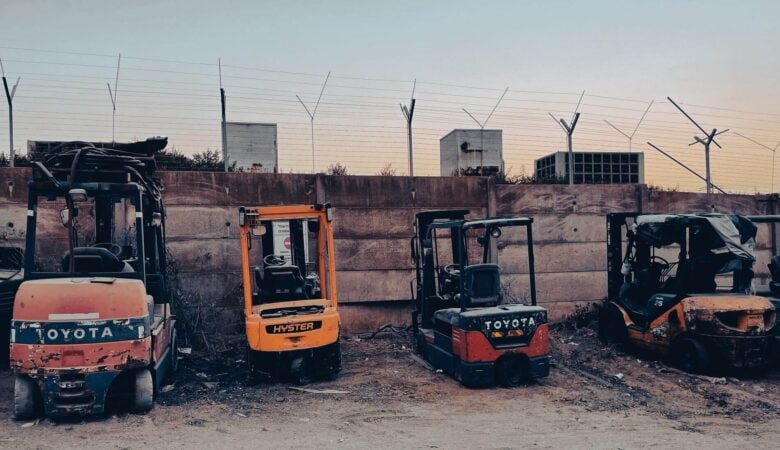The term ‘cargo control’ is one that every truck driver should be familiar with. Experienced truckers know what it means and how it applies to their daily jobs. New truckers may understand the term, but only experience will teach them the finer points of cargo control.
Mytee Products serves the trucking industry with a complete inventory of cargo control products. Each of the products we sell is intended for a particular purpose. The benefits of these products are maximized when truck drivers understand the basic, fundamental principles of cargo control and how to apply them correctly. Those fundamental principles are explained below.
Restricting Cargo Movement
The foundation of cargo control is preventing cargo movement while a truck is en route. How cargo is secured depends on its shape, size, weight, and position on the truck carrying it. For example, large coils of steel cable need to be secured in a particular way because they are prone to rolling as well as shifting from side to side. A trucker may use a combination of chains and blocks to keep the coil rolls in place.

Movement must be restricted in all directions. It cannot shift forward or backwards when accelerating and braking, and it certainly cannot be allowed to shift from side to side. Therefore, cargo might have to be secured from multiple angles to prevent all movement.
Reducing Road Vibration Risks
The second fundamental principle of cargo control is restricting road vibration risks. Physics dictates that road vibration cannot be eliminated, so the idea is to prevent any such vibrations from causing damage to cargo. This can be accomplished in a number of ways.
Cargo can be properly spaced on a trailer so as to avoid direct contact between multiple pieces. In addition, truck drivers can use edge protectors and spacers in situations in which cargo has to be tightly packed. Even moving blankets and tarps can be used strategically to minimize the risks of road vibration.
Proper Weight Distribution
Distributing weight evenly across the back of a trailer is the third fundamental principle of cargo control. Proper weight balance accomplishes several things:
• It reduces the likelihood that a trailer will become unstable.
• It reduces the risk of cargo shifting en route.
• It makes maintaining driver control easier.
• It increases fuel efficiency and reduces wear and tear on equipment.
Proper distribution of weight is critical to the safe and efficient transport of cargo. Furthermore, drivers need to get it right the first time. If a trailer is fully loaded and found to be out of balance, it may have to be entirely unloaded and done over. This is a waste of time and money.
General Protection of Cargo
Last is the principle of protecting cargo in a general sense. Beyond movement and road vibration, certain kinds of cargo have to be protected against environmental exposure. Thus, truck drivers use things like tarps and blankets to protect against weather conditions, road debris, and animals and insects.
A typical flatbed truck driver will keep a good supply of these kinds cargo control supplies on board. He or she may have several different types of tarps for example, including lumber, steel, smoke, and general purpose tarps. He/she will also keep a selection of straps and bungee cords on board for securing those tarps in place.
Cargo control is a fundamental concept of truck driving. It is something that every truck driver has to learn, both in the classroom and through real-life experience. Those who master it are capable of moving cargo over thousands of miles with minimal risk.













